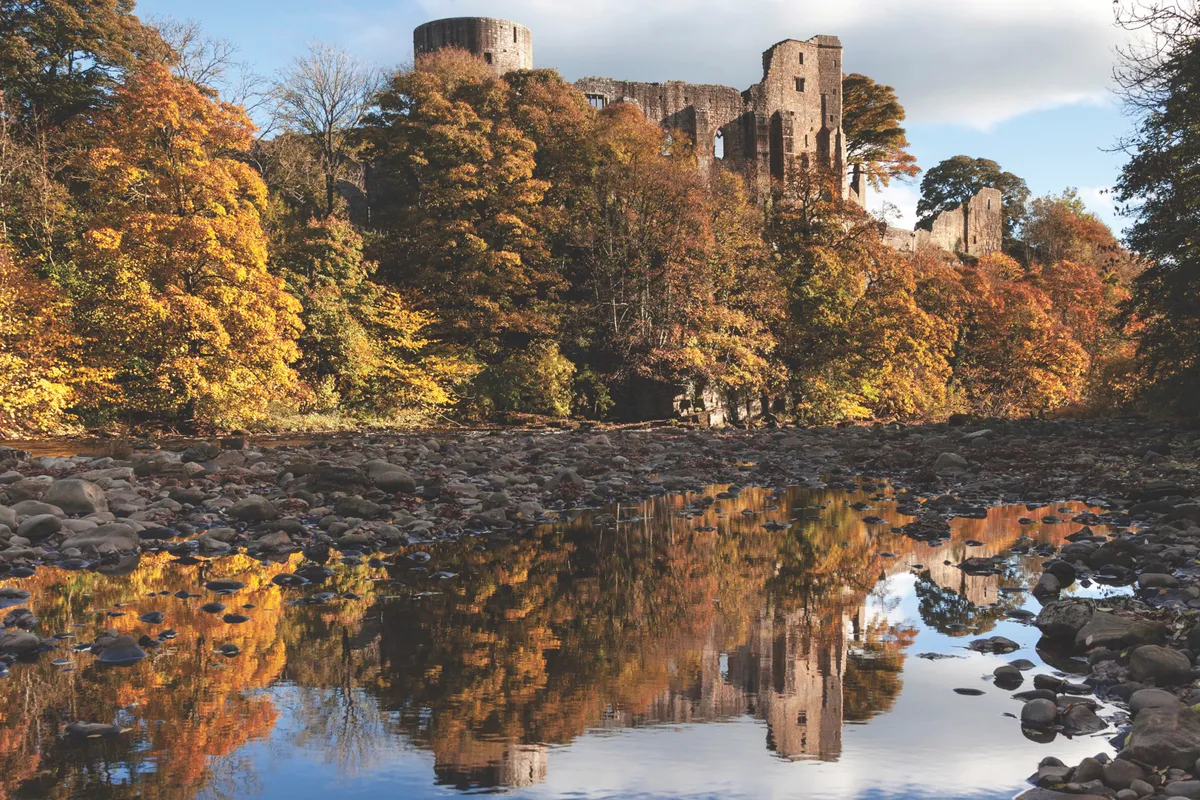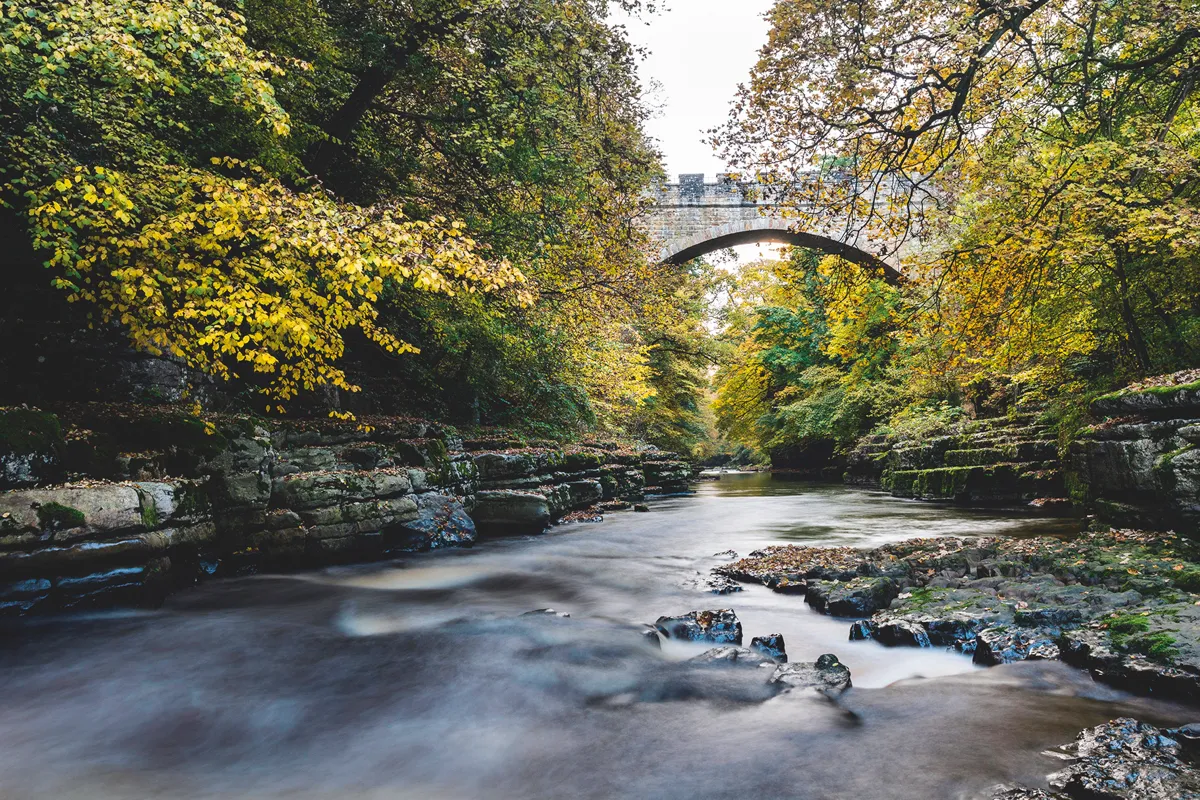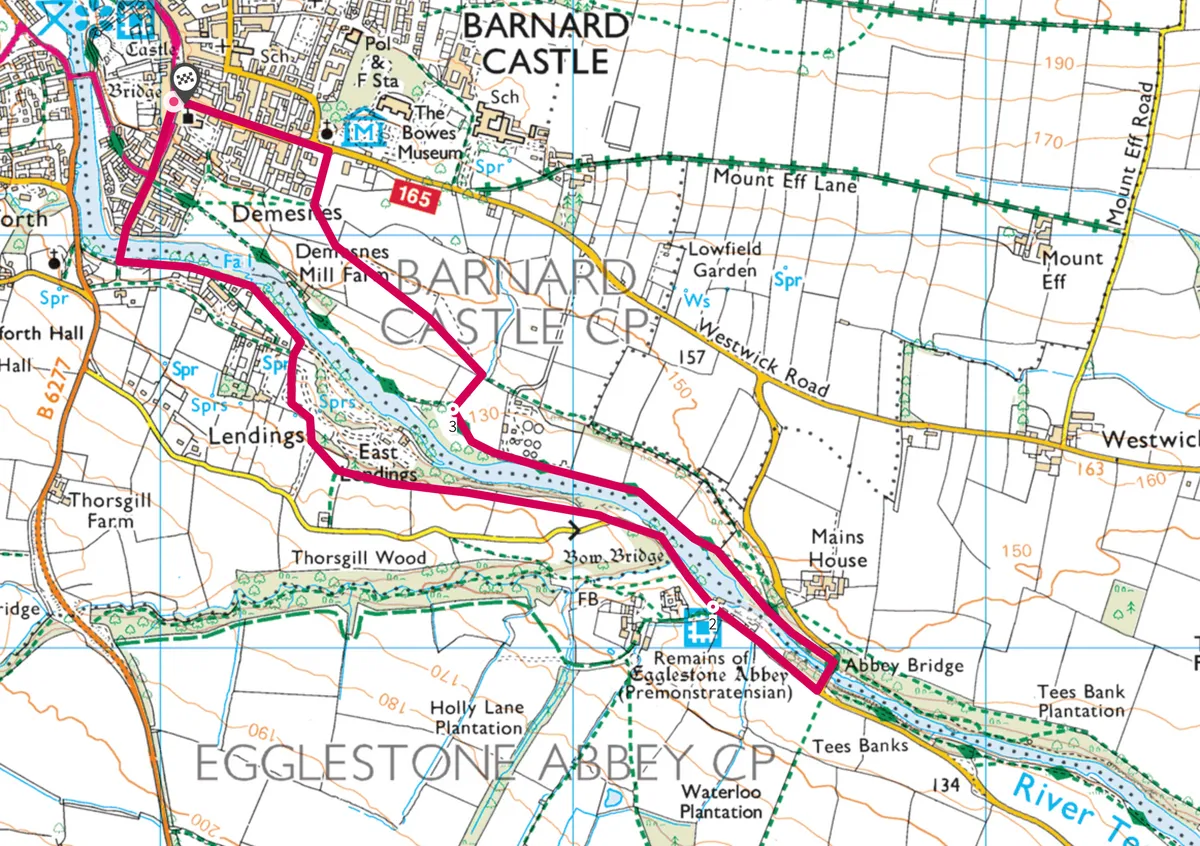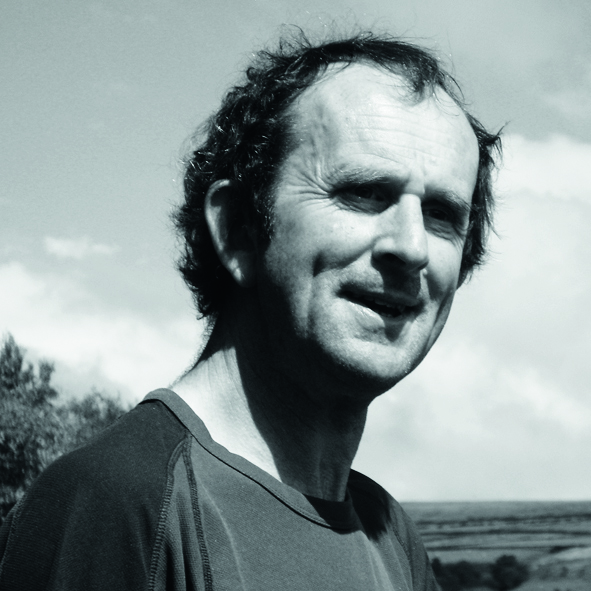Graceful towns, bustling villages and a rich heritage tucked away amid glorious countryside – it’s no surprise that the Tees Valley features in several works by one of England’s favourite artists, landscape painter JMW Turner.
At its heart is Barnard Castle – ‘Barney’ to locals – a mellow market town with a firm reputation as a centre for antiques.
Set between the moors and the Tees gorge, its nucleus is the gaunt castle draped along river cliffs, while an equally eyecatching if rather bizarrely placed French château is now an antique buff’s Valhalla, home to the startling art collection of the hugely wealthy Victorian industrialist John Bowes. The surrounding valleys are perfect for an easy autumn ramble, working up an appetite for an afternoon’s browsing and picking in Barnard Castle’s shops.

Barnard Castle walk
3.1 miles/5km | 2 hours | easy–moderate
1. Following Defoe
From the elegant, octagonal Old Butter Market saunter down The Bank, the epicentre of the antiques and collectables quarter of this cosy old town. Make a mental note of your favourites and browse at length after enjoying a gentle walk beside the wide River Tees, once rather unfairly described as “a terrible river; so rapid” by Daniel Defoe (author of Robinson Crusoe) during his tour of Britain in the 1720s.
At the junction keep ahead on Thorngate; then cross the iron-lattice footbridge behind the imposing former worsted mill and turn left on the path beside the cataract-strewn Tees. Within the edge of a caravan park, the way is sharp-right up the park road (pass by the marked footpath to your right). Waymarking is haphazard. Just beyond the uppermost caravans turn left over a stile and onto the grassy path that skims the top of woods above the river, presently reaching a road, Abbey Lane. Bear left, soon crossing a beck beside the quaint Bow Bridge before reaching Egglestone Abbey.
You may also like:
2. Marbles and arches
Explore these atmospheric ruins (entry is free) before continuing along the lane to the crenellated Abbey Bridge. Cross this and immediately look left for a stile and the waymarked Teesdale Way footpath. Head upstream through woods, presently coming to riverside pastures. This section is enhanced by limestone scenery cleaved by the river; bluffs and clefts where for over 700 years, Teesdale Marble (an attractive memorial stone) was cut.

3. Green pastures
Just beyond the sewage treatment plant drift right to the ruined barn. Turn upfield; once in the succeeding pasture head half-left on a grassy path, presently meeting a wall curling in from your right. Stay beside this to reach trees beside a nearby house. Turn up the path, which continues as a walled lane, Parson’s Lonnen.
At the top, turn right for a few yards to view the spectacular Bowes Museum. Then return along Newgate to be welcomed back by the Old Butter Market.
Barnard Castle map
Barnard Castle walking route and map


